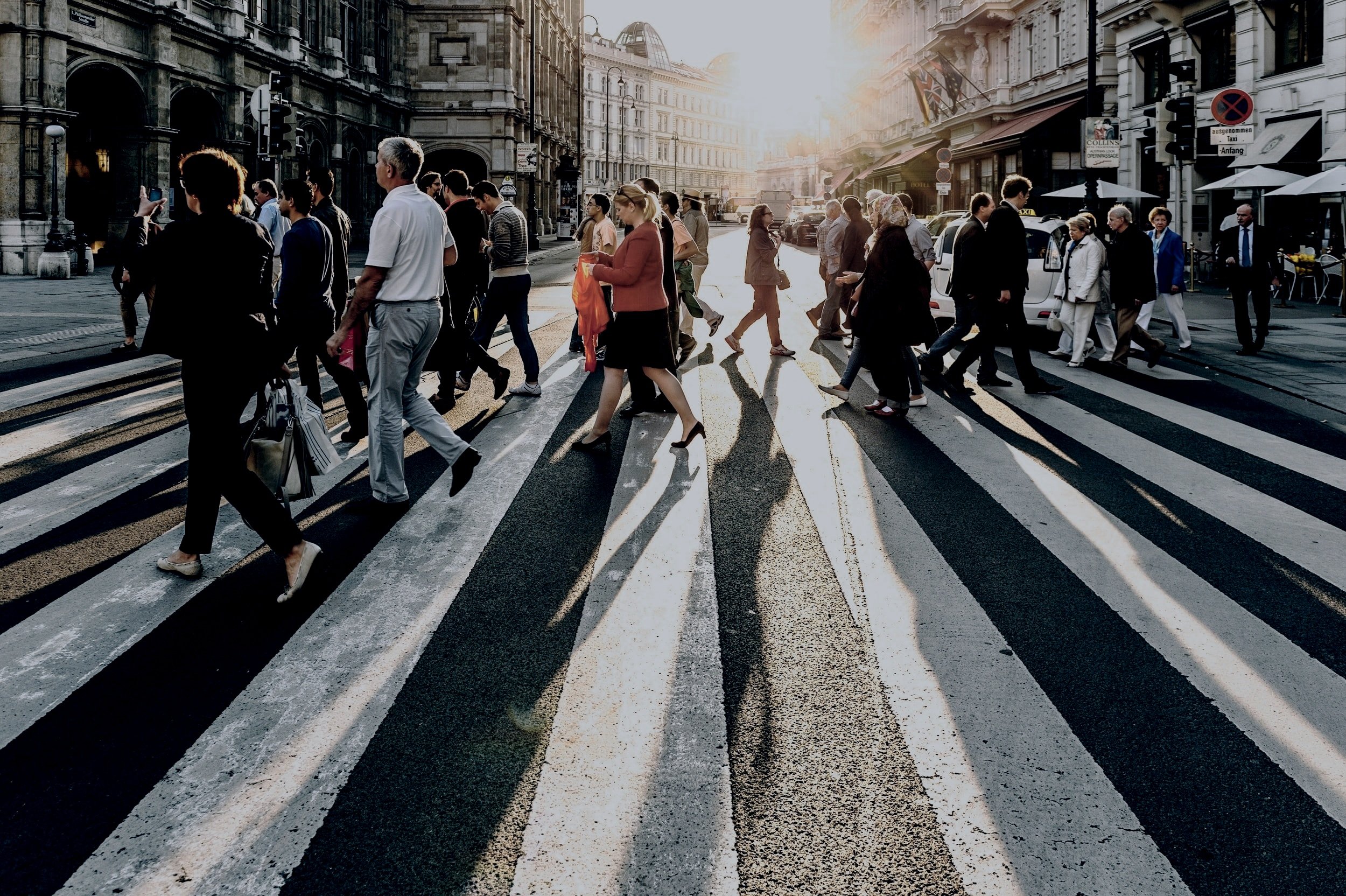
Learning Module | Population Health
Chapter Three
3. Women
Gender Inequities & Climate Change
The impacts of climate change are intensifying gender inequities in Canada. The understanding of climate change as a determinant of health can be expanded to conceptualize climate change as a risk multiplier in that it exacerbates inequalities already present in society. [1]
The increased vulnerability of women to a changing climate is best understood by approaching the issue with a gendered intersectional lens; the confluence of social roles, power relations, culture, race, sexual and gender identity as well as socioeconomic status make women disproportionately experience the burden of climate change. [2]
Specifically, overlapping social and economic constraints experienced by poor and marginalized individuals in society significantly limit their capacity to manage and adapt to the repercussions of climate change. Given that women constitute the largest percentage of the world’s poorest people, they are one of the most vulnerable populations to climatic risks. [3]
CANADIAN CONTEXT
Despite the fact that gender is recognized as a health determinant both nationally by Health Canada as well as internationally by the World Health Organization and the United Nations, it remains absent as a distinct category of analysis within Public Health commentaries of climate change impacts and action in Canada. [9] Moreover, there is an overwhelming exclusion of women’s voices and leadership on matters of environmental policy and climate change strategy in Canada. [10] The absence of information on climate change and women underscores the importance of future research that is gender-sensitive.
Heat Waves & gendered impacts of climate change in Canada:
Women are more likely than men to live in lower-income housing, rental properties and basement suites and therefore be unable to afford, access or upgrade their homes with sufficient air conditioning systems. [5,6]
Women of lower socioeconomic status are more likely to live in urban centers and be exposed to the harmful effects of “Heat Islands”. [7]
Gendered division of household labor implies that women are primarily responsible for caring for the elderly and children during heatwaves. [8]
Pregnant women are physiologically less tolerant to extreme heat as their ability to thermoregulate is compromised and extreme heat may contribute to: [9]
Pre-term birth.
Low birth weight at the time of delivery.
Increased admission of neonates to ICU.
Increase in stillbirth rates.
a global scale
What we can learn from the United Nations Overview of the Linkages between Gender and Climate Change:
Climate Change and the Gender Gap [4]
Eighty percent of people displaced by climate change are women.
Globally, women earn 24 percent less than men and hold only 25 percent of administrative and managerial positions in the business world; 32 percent of businesses have no women in senior management positions. Women still hold only 22 percent of seats in single or lower houses of national parliament.
Nine in 10 countries have laws impeding women’s economic opportunities, such as those which bar women from factory jobs, working at night or getting a job without permission from their husbands.
A study using data from 219 countries from 1970 to 2009 found that, for every one additional year of education for women of reproductive age, child mortality decreased by 9.5 percent.
Over four million people a year die prematurely due to illness caused by indoor air pollution, primarily from smoke produced while cooking with solid fuels.
More than 70 percent of people who died in the 2004 Asian tsunami were women. Similarly, Hurricane Katrina, which hit New Orleans (USA) in 2005, predominantly affected poor African-Americans, especially women.
Women do not have easy and adequate access to funds to cover weather-related losses or adaptation technologies. They also face discrimination in accessing land, financial services, social capital and technology.



